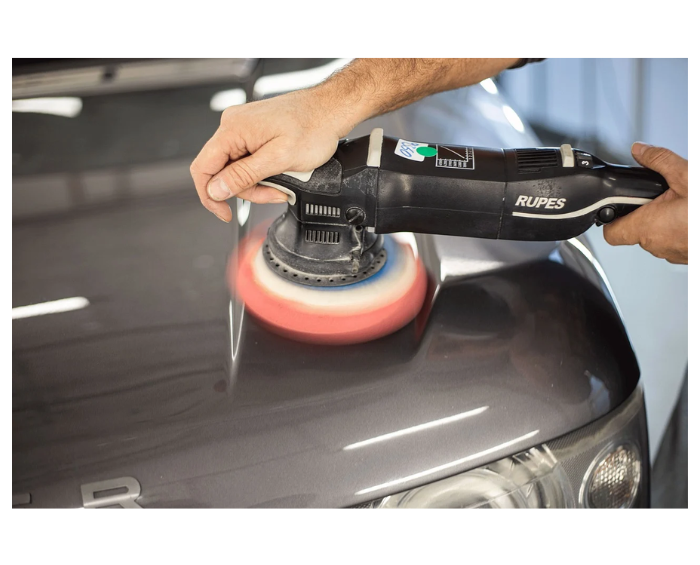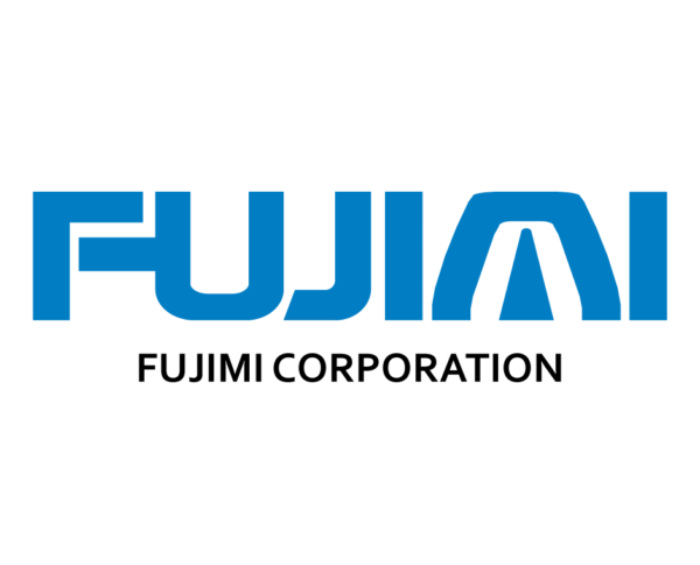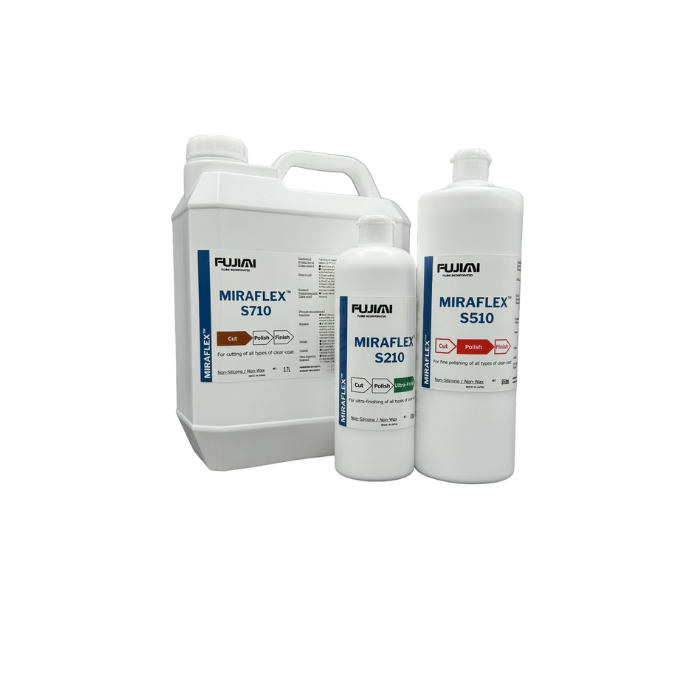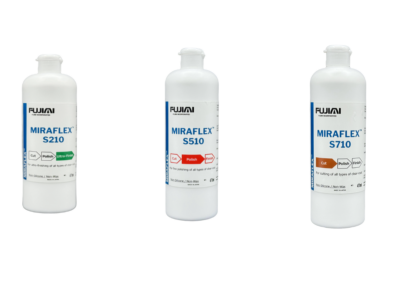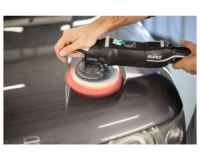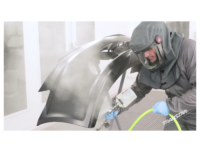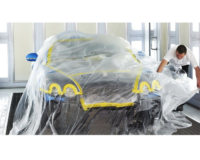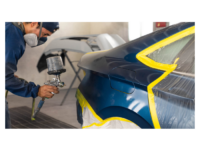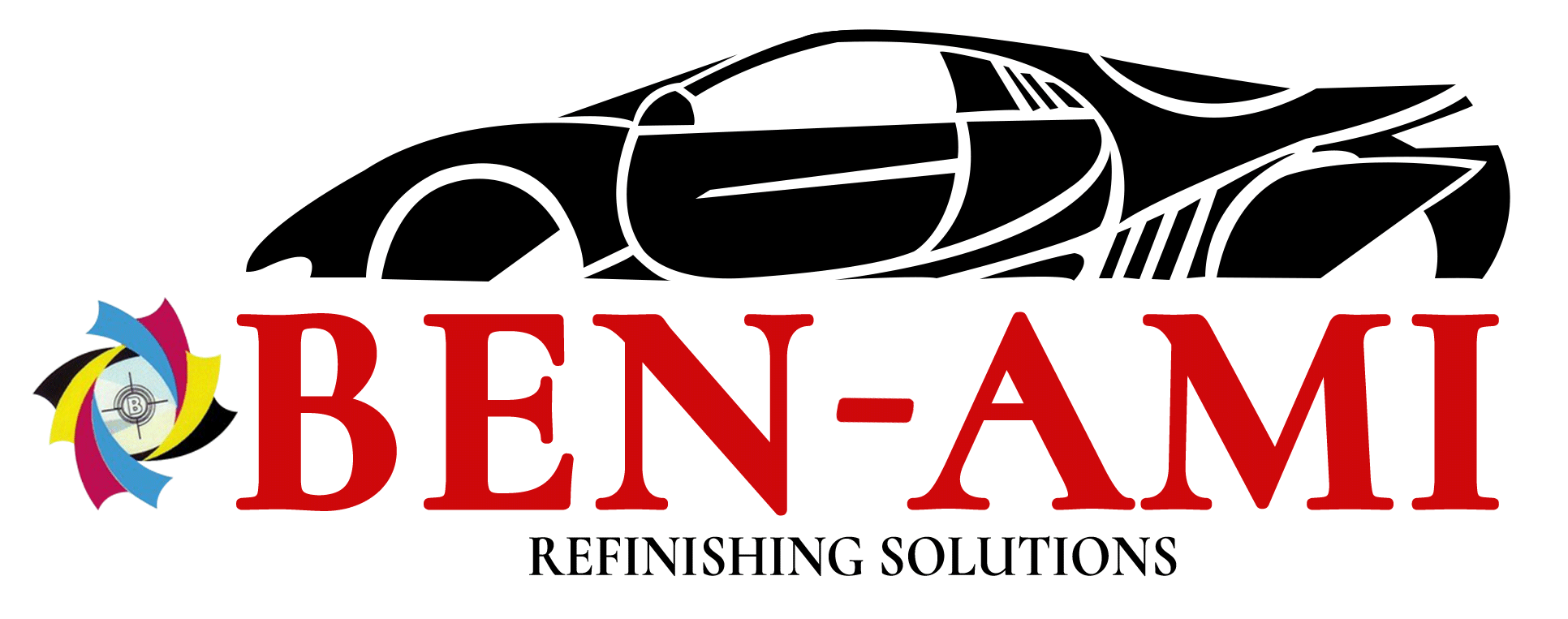What Can Body Shops do to Achieve a Mirror-Like Finish?
How to Achieve Show-Room Quality Results
When restoring or customizing a vehicle, the final polishing and buffing stages are often the difference between a merely good job and a mirror-like finish that turns heads. You can elevate your work to professional standards with the right products and techniques. Below, we’ll walk you through a step-by-step guide using some of Ben-Ami’s recommended materials to achieve that flawless, mirror-like shine.
Step By Step Guide for a Mirror-Like Finish to a Vehicle
Step 1: Prepare Your Workspace
A clean, well-lit, and dust-free environment is essential. Before you begin, ensure your garage or workshop floor is swept, and the vehicle’s surface is wiped down with a quality surface cleaner and lint-free cleaning wipes. Dust and debris can cause swirl marks and imperfections during the polishing process.
Recommended products:
Ben-Ami Wax and Grease Remover – For removing grease, oils, and dust
Lint-Free Tork Cleaning Clothes – Ensures a streak-free, professional finish on auto body surfaces
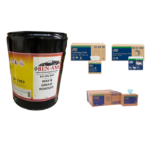
Step 2: Evaluate Your Paint Condition
Before selecting your polishing compounds, examine the paint. Are there swirl marks, minor scratches, oxidation, or dullness? Understanding the severity of imperfections will determine what type of compound and pad you need. For instance, moderate surface imperfections may call for a medium-cut compound, while a finishing polish is suitable for lighter imperfections and adding depth.
Recommended Product Pairings:
- Medium-Cut Compound + Foam Cutting Pad – For moderate swirl marks and light scratches.
- Finishing Polish + Finishing Pad – For removing faint haze and bringing out a deep gloss.
Recommended Products:
- Rupes Color Codes Pads and Compounds – The Rupes Polishing System employs a color-coded approach for simplicity and consistency. Each pad color corresponds to a specific polish or compound, making it easy to choose the right combination for each stage of correction. Rupes’ carefully formulated polishes and compounds are engineered to optimize results when used with their machines and pads. These products break down evenly, generate minimal dusting, and wipe off easily. They are also compatible with various paint types—from conventional clear coats to ceramic coatings—ensuring a safe, effective finish across many surfaces.
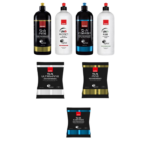
- Virtus Polishing System – These advanced formulas quickly remove scratches, oxidation, and imperfections while providing a high-gloss shine.
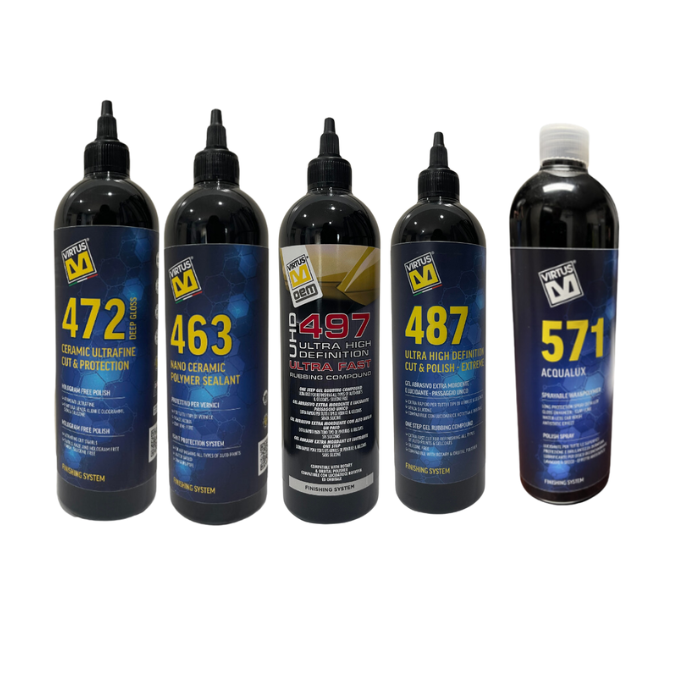
Step 3: Begin with the Right Tools
A high-quality dual-action (DA) polisher or rotary buffer ensures more consistent results than hand-polishing. DA polishers are especially user-friendly and greatly reduce the risk of creating new swirl marks or “burning” the paint.
Recommended Product:
RUPES: LHR21ES 6″ Electric Random Orbital Polisher
RUPES: LHR21IIII 6″ Electric Random Orbital Polisher
RUPES: LHR 15IIII 5″ Electric Random Orbital Polisher
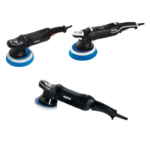
Step 4: Polish in Sections
Work on the vehicle panel by panel. For each section (about 2’x2′), apply fresh compound to your pad. Set the polisher at a low speed to spread the product evenly before increasing it to a moderate speed to begin correcting the paint. Use slow, controlled passes—overlapping each pass by about 50%—to ensure uniform coverage.

Pro Tip:
Keep the pad level to the surface and apply moderate pressure. Let the polish do the work; pressing too hard can generate heat and cause more harm than good.
Step 6: Finish with a Fine Polish
After you’ve addressed the major imperfections with a medium-cut compound, switch to a finer finishing polish. This step refines the surface, removing any micro-marring left behind and enhancing the gloss. Use a softer finishing pad and repeat the same process—low speed to spread, then moderate speed for polishing passes—until the paint glows with clarity.
Recommended Product:
- Rupes DA Fine Polishing Compound – delivers moderate defect removal along with an incredible finish quality on most paints. The formula has been tuned for easy wipe-off and an optimized user experience with any of the yellow D-A System Pads.
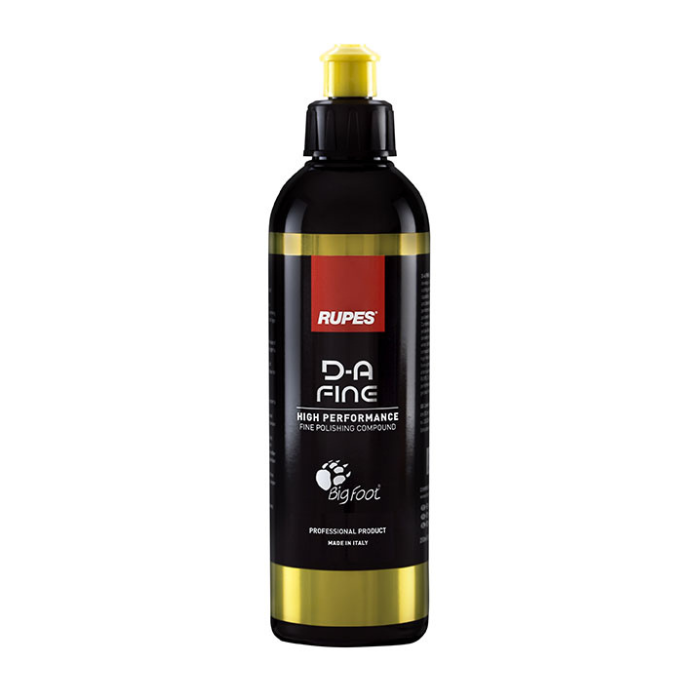
Conclusion
Achieving a flawless, showroom-quality shine is all about patience, the right products, and proper technique. With Ben-Ami’s carefully curated range of polishing compounds, finishing polishes, tools, and protective coatings, you’ll have everything you need to elevate your work from ordinary to extraordinary. Give these steps a try, and watch your hard work pay off in the form of a radiant, mirror-perfect finish.

